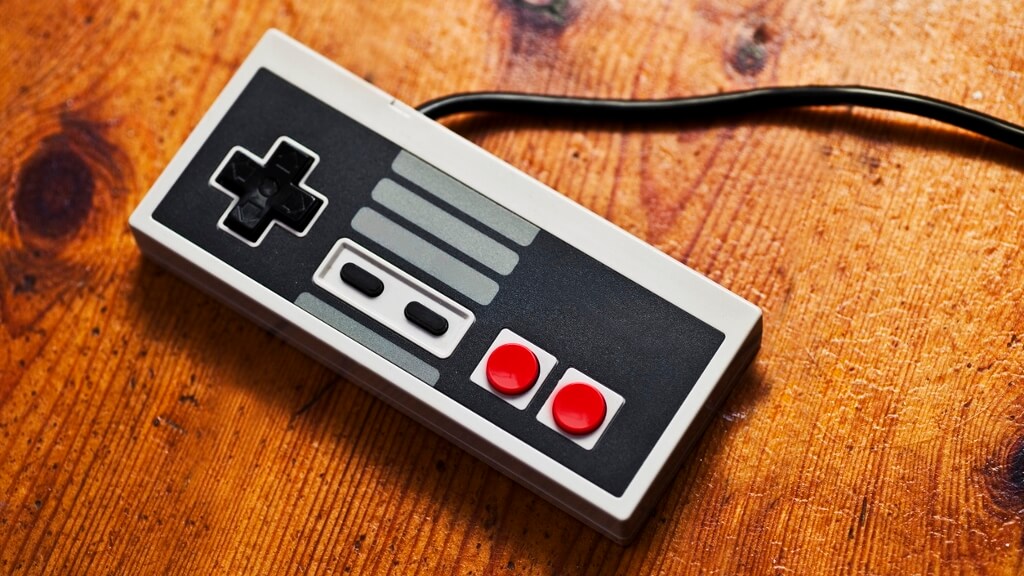How Gamification Can Be Used In Various Industries

Gamification, the application of game-design elements and principles in non-gaming contexts, has become an innovative approach in a wide range of industries. By incorporating elements like points, rewards, challenges, and competition, businesses aim to enhance engagement, motivation, and productivity.
Whether it’s in education, marketing, or human resources, gamification has proven to be a powerful tool for improving outcomes. In this article, we’ll explore how gamification can be used across various industries and the benefits it offers.
1. Education and Learning
In the education sector, gamification plays a crucial role in transforming traditional learning into an engaging and dynamic experience. Educational institutions and e-learning platforms are increasingly using game mechanics to motivate students and encourage deeper learning.
- Increased Engagement: Gamified learning environments utilise leaderboards, badges, levels, and rewards to create friendly competition among students. This fosters a sense of accomplishment as learners progress through the material, enhancing engagement with the content.
- Personalised Learning: Adaptive learning platforms use gamification to tailor content according to a student’s performance. Quizzes, interactive simulations, and game-based tasks help assess a student’s understanding and adjust the difficulty level, ensuring personalised growth.
- Skill Development: Gamified systems teach students vital skills like problem-solving, critical thinking, and teamwork through group activities and challenges. For instance, platforms like Duolingo have successfully integrated gamification to make language learning fun and accessible to millions globally.
2. Marketing and Customer Loyalty
In the marketing sector, gamification has become a popular method to enhance customer loyalty, drive sales, and increase brand engagement. Companies integrate game elements into marketing campaigns to capture customer attention and encourage repeat interactions.
- Loyalty Programs: Many brands use gamified loyalty programs to retain customers by rewarding them for their purchases or interactions. Starbucks’ Rewards program, for example, allows customers to earn “stars” that can be redeemed for free items. The tiered system creates a sense of progression, encouraging more frequent purchases to unlock higher rewards.
- Interactive Campaigns: Brands are increasingly incorporating gamification into online campaigns to create a more immersive customer experience. Quizzes, virtual treasure hunts, and contests on social media are designed to increase engagement and foster brand loyalty.
- Behavioural Insights: Gamified marketing platforms often track user behaviour, helping companies gather insights into customer preferences. By analysing how customers interact with different game elements, businesses can refine their strategies to optimise customer engagement and sales.
3. Human Resources and Corporate Training
In the world of human resources (HR), gamification is being applied to recruitment, employee training, and performance management to enhance productivity and improve employee satisfaction.
- Recruitment: Some companies use gamified assessments to evaluate candidates during the hiring process. Job applicants may complete tasks, solve puzzles, or play simulation games designed to test their problem-solving, teamwork, and communication skills. This innovative approach not only makes the hiring process more enjoyable but also helps employers identify candidates with the right fit for their company culture.
- Employee Training and Development: Gamified training programs are more effective in maintaining employee engagement compared to traditional methods. Employees can earn points, badges, or even real-world rewards as they complete training modules, encouraging them to continue learning. This is especially useful for onboarding new employees or upskilling staff in rapidly changing industries like IT.
- Performance Management: Companies are integrating gamified platforms for performance tracking, where employees are awarded based on their productivity and achievements. Leaderboards, feedback loops, and challenges help create a culture of recognition, motivating employees to stay focused on their tasks.
4. Retail and E-Commerce
Retailers and e-commerce platforms have embraced gamification to boost sales, increase customer retention, and create a more enjoyable shopping experience.
- Reward-Based Shopping: Some e-commerce platforms offer point-based reward systems, where customers can earn points for making purchases, writing reviews, or referring friends. These points can then be redeemed for discounts, special offers, or exclusive products. This type of gamified reward system not only encourages repeat purchases but also enhances customer loyalty.
- Personalised Shopping Experiences: Through gamification, retailers can create interactive experiences for customers. Features like virtual dressing rooms, iGaming industry promotions, or scavenger hunts on websites make shopping more engaging and personalised.
- Product Discovery: Retailers often use gamified quizzes and recommendation systems to help customers discover products that suit their preferences. This helps reduce decision fatigue and leads to higher satisfaction and conversions.
In Closing
Gamification is more than just a trend; it has proven itself to be a versatile tool that can transform industries by fostering engagement, enhancing motivation, and driving results. From education to marketing, HR, and retail, the application of gamification opens up opportunities for innovation, improving experiences for both businesses and their users. By tapping into the human desire for achievement and recognition, companies can create lasting impact and build stronger connections with their customers and employees.




